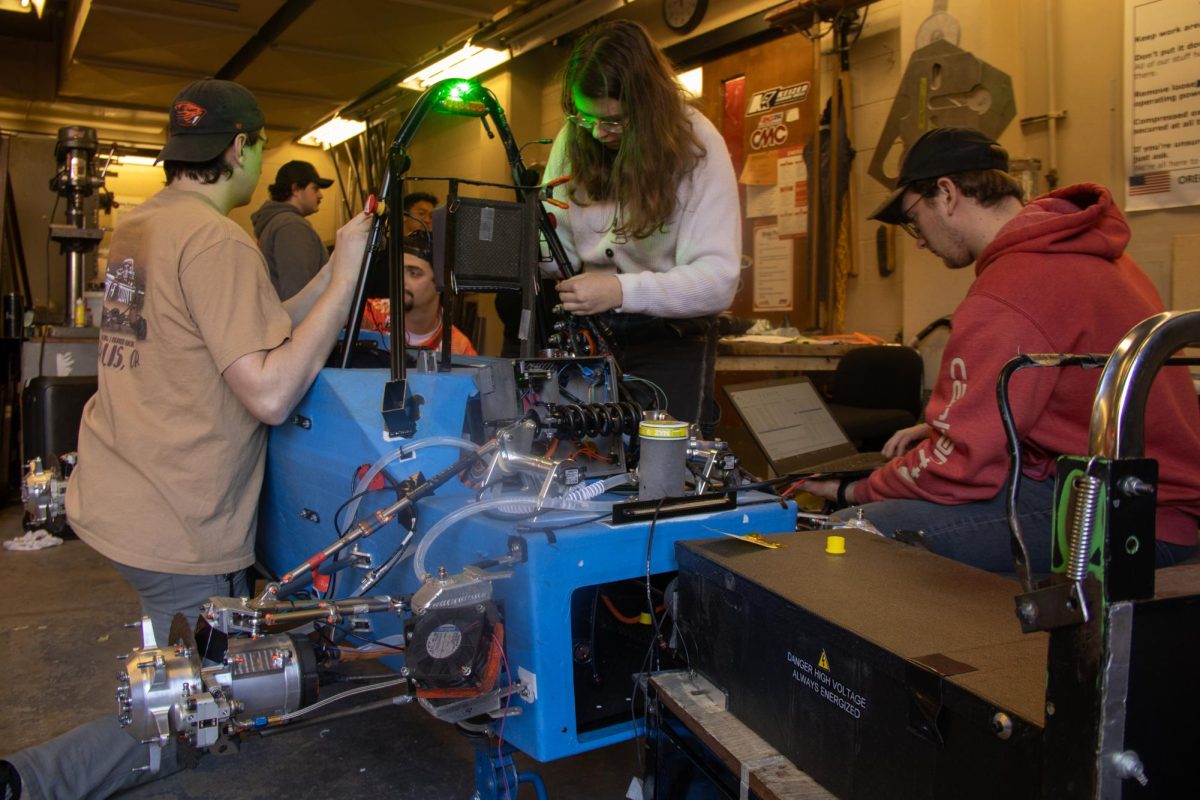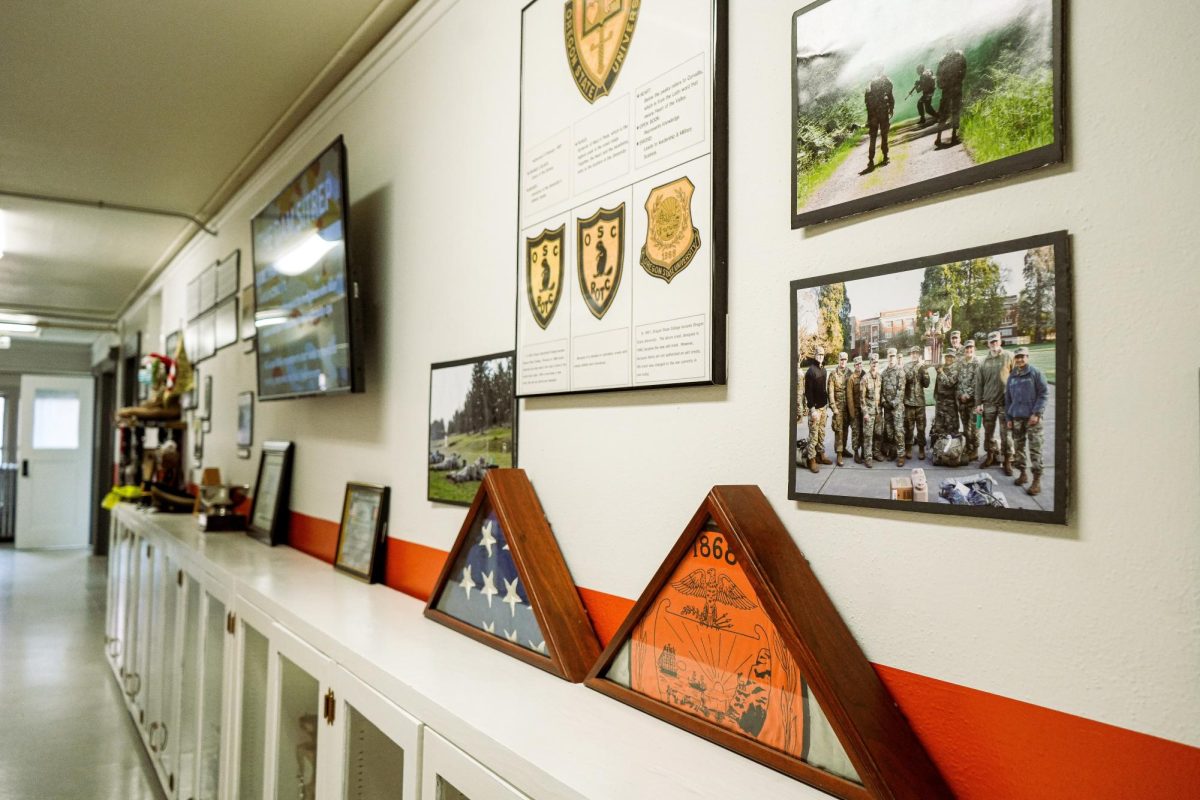Daarstad: Glass ceiling still needs to be broken
November 12, 2019
Women have struggled to attain leadership positions, currently and historically, even though they are qualified.
The limitations that people have placed on women’s characteristics have caused a culture that has limited women from reaching higher positions because it is believed that they are not capable.
Women have faced scrutiny for their gender throughout history when in powerful positions, from being shunned to punished.
Mina Carson, a history professor at Oregon State University, said she learned from her studies that women have struggled attaining leadership roles throughout history.
“They were fighting against a powerful fleet of ideas about what women should and shouldn’t do, and even when they were undeniably powerful, intelligent, good speakers and charismatic, they were told they were not staying in their sphere,” Carson said.
Although people have begun to question this ‘sphere’ in recent decades, the results are there. About 59% of those who earn a master’s degrees are women, and women account for about 47% of the U.S. labor force.
A report released by the Office of Equal Opportunity Access at OSU for the 2017-18 school year, shows that women and men are pretty equal in the majority of the positions on campus, with women making up 54% of the OSU workforce.
However, women are still struggling against prejudices most likely from historical oppression and stereotypes.
According to the report by EOA, at OSU only 35% of those on tenure/tenure track are women. There are a total of 931 professors on tenure/tenure track, but only 325 of them are women. If a person looks at the years before the 2017-18 report, there isn’t much of a difference.
Last year, according to information released by OSU, 49 professors were tenured, only 16 of the 49 were women, meaning only 32% of those who were tenured were female.
In a study done by Kate Weisshaar, Ph.D, an assistant professor for the University of North Carolina-Chapel Hill, stated that this gap in tenure is most likely not due to research productivity, like some believe. The study looked at tenure rates at research universities, and specifically studied computer science, English and sociology programs.
This illustrates that though women are still working to break that glass ceiling, it is not broken yet.
The study highlights that men are more likely to be appointed to tenure even when the men and women have the same research productivity, and some areas of study are worse than others.
According to information released by the College of Engineering, of the almost 200 on track for tenure in the engineering department at OSU, only 50 of those are women, meaning only about 27% are women.
Although, the number of women in tenure track in the College of Engineering has doubled in the last five years, in 2014, only 24 were women.
This is a great achievement that the number of women on tenure tack has doubled in the college of engineering and the increase even resulted in the college receiving a
diversity recognition award.
It’s important to have diverse voices in academia and other organizations, businesses and institutions because it brings different views. This is why it is important to recognize these differences between men and women in this area.
Kelsey Stoerzinger, an assistant professor of chemical engineering at OSU, discussed her journey in higher education within the STEM field, and what the value of diverse
voices can bring.
“A diverse set of faculty can bring different opinions to the table, different questions and broaden the way we think of things,” Stoerzinger said.
Having a diverse set of voices creates an environment where problems or questions that maybe would not have been thought of, can be brought to the table, said Stoerzinger. She used the example of how crash test dummies used to be set for the average male height and weight, and didn’t used to account for women.
There have been significant strides in bridging the gap between men and women in positions of authority, but there is still a large
gap to fill.
While women have seen improvements in trying to get out of this ‘sphere,’ they are still struggling to break the glass ceiling.
Though women have overcome a lot, they still face more scrutiny than men when trying to get to high positions in the workforce, most likely due to historical oppression and stereotypes of women.



















































































![Newspaper clipping from February 25, 1970 in the Daily Barometer showing an article written by Bob Allen, past Barometer Editor. This article was written to spotlight both the student body’s lack of participation with student government at the time in conjunction with their class representatives response. [It’s important to note ASOSU was not structured identically to today’s standards, likely having a president on behalf of each class work together as one entity as opposed to one president representing all classes.]](https://dailybaro.orangemedianetwork.com/wp-content/uploads/2025/03/Screenshot-2025-03-12-1.00.42-PM-e1741811160853.png)























